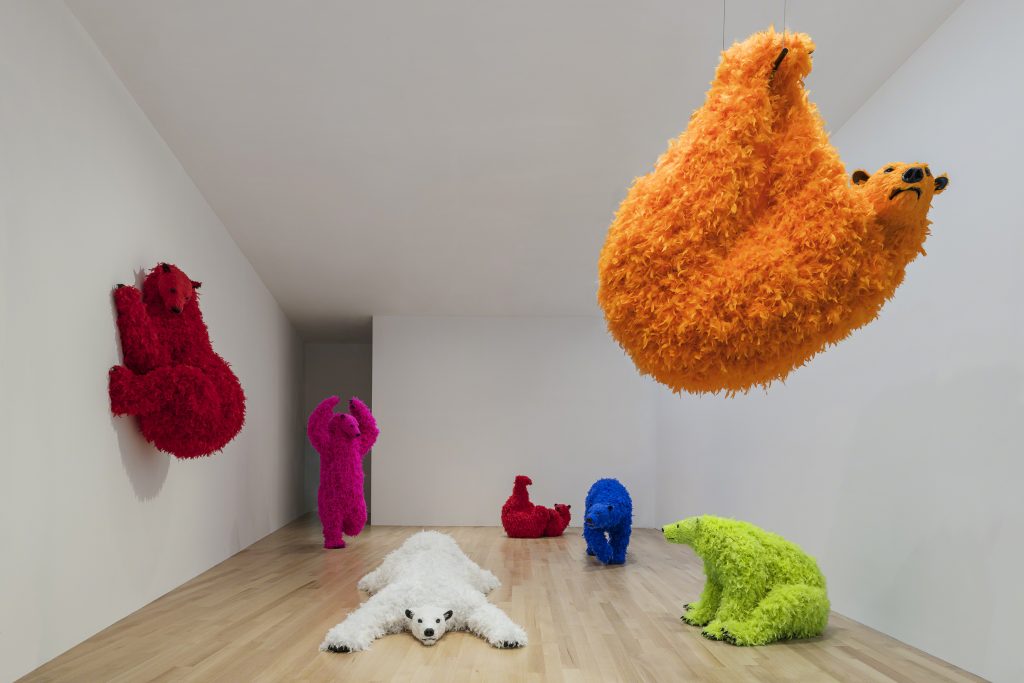Color Wheel
IDEAS DESIGN CHALLENGE
Create a Color Wheel

* Tip: Read this whole lesson plan before you get started so you can see how the plan will evolve.
Lesson Duration: 45 min – 1.5 hours
MATERIALS
- Red, yellow and blue crayons or colored pencils
- Ruler or straight edge
- White paper plate
- No. 2 pencil
Vocabulary: primary, secondary, tertiary, complementary, analogous, tints and tones
Primary colors – RED, YELLOW and BLUE are used to create all other colors. These three colors are unable to be created through mixing of any other colors. By mixing the primary colors together, they create other colors, such as the secondary colors.
Secondary colors – GREEN, ORANGE and PURPLE are made by mixing two of the primary colors of light together.
Tertiary colors – are combinations of primary and secondary colours. There are six tertiary colors; RED-ORANGE, YELLOW-ORANGE, YELLOW-GREEN, BLUE-GREEN, BLUE-VIOLET, and RED-VIOLET. An easy way to remember these names is to place the primary name before the other colour.
Complementary colors – lay exactly opposite each other on the color wheel. In the simple color wheel you just look at, yellow is complementary to purple, red is complementary to green, and blue is complementary to orange. When complementary colors are placed next to each other, both look bright.
Analogous colors – are colors neighboring each other on the color wheel. For example, green, yellow-green, yellow. This creates a color scheme, which some paintings are created only with 3 neighboring colors.
DIRECTIONS
STEP 1
You will first need your paper plate and ruler. Mark a point directly in the middle with your #2 pencil.
STEP 2
From top to bottom, draw lines about 1 inch apart from each other. Make 6 spaces- like a pizza pie (see the color wheel above for reference) by drawing three lines.
STEP 3
Label each ‘pizza slice’ from 1-6 clockwise, lightly in pencil.
STEP 4
In space 1 use your red crayon or colored pencil and fill in the pizza slice. Repeat in space 3 with the color yellow, and space 5 use blue. These are your primary colors.
STEP 5
On to secondary colors! In space 3 combine colors yellow and red colors , in 7 combine red and purple, and in space 11 combine blue and yellow.
Tip: Start with the lighter color and be sure to color lightly! Using too much pressure while you color may not give you the results you wanted.
Great job! You’ve completed your color wheel!
FINAL STEP
Let’s see what you’ve learned. Create a self portrait using only complementary colors!
Tip: You can use tertiary colors of the set of complementary colors you selected for your self portrait. For example, if you choose the complementary color set of orange and blue, you can use yellow-orange, red orange, blue-green, blue-violet. Let’s see what you did! Share with us by tagging @BassCreativityCenter and #BassCreativityCenter.
EXTRA CREDIT
What occurs when you combine all three primary colors? Try in on a second piece of paper.
BONUS CHALLENGE
Can you find primary, secondary and tertiary colors in the paintings below?


LEARNING BENEFITS
Color matching identification provides a wide array of benefits to young artists. This exercise provides an opportunity for children to experience scientific thinking and color recognition.
EXTENSIONS
If you have acrylic paint, or watercolor, the same projects can be created with an egg carton as a palette, popsicle sticks as mixers, and create secondary colors, and tertiary colors from only RED, BLUE and YELLOW paint.
Be sure to share your creation by taking a picture of your project and tagging @BassCreativityCenter and #BassCreativityCenter.








